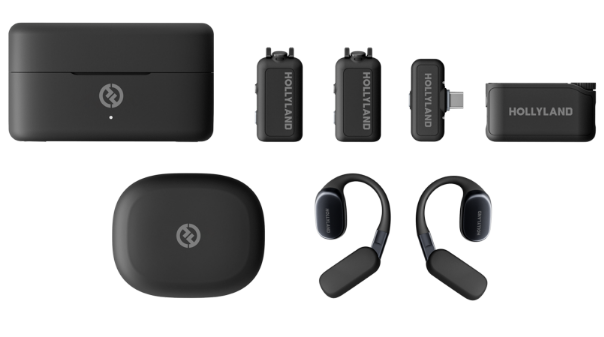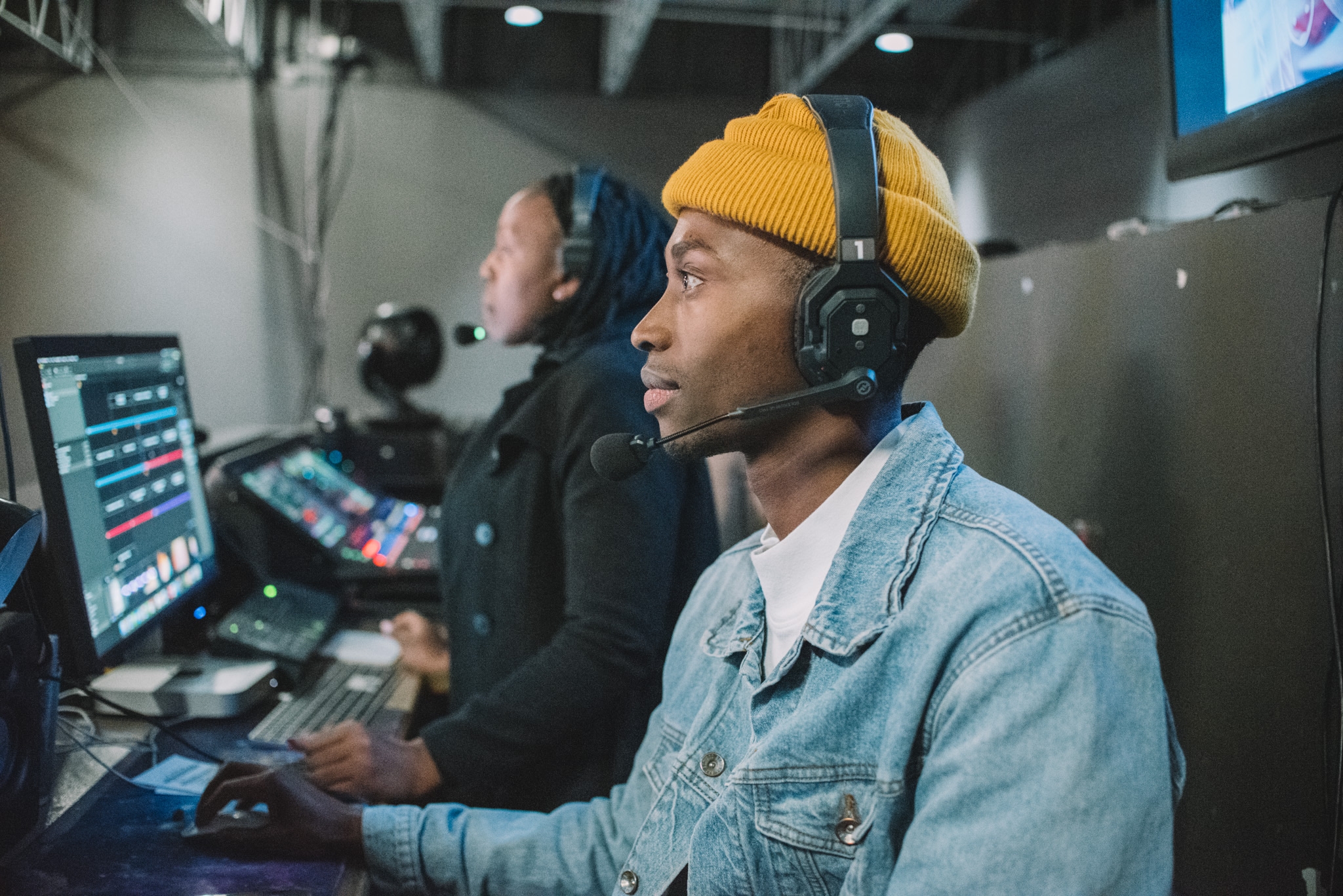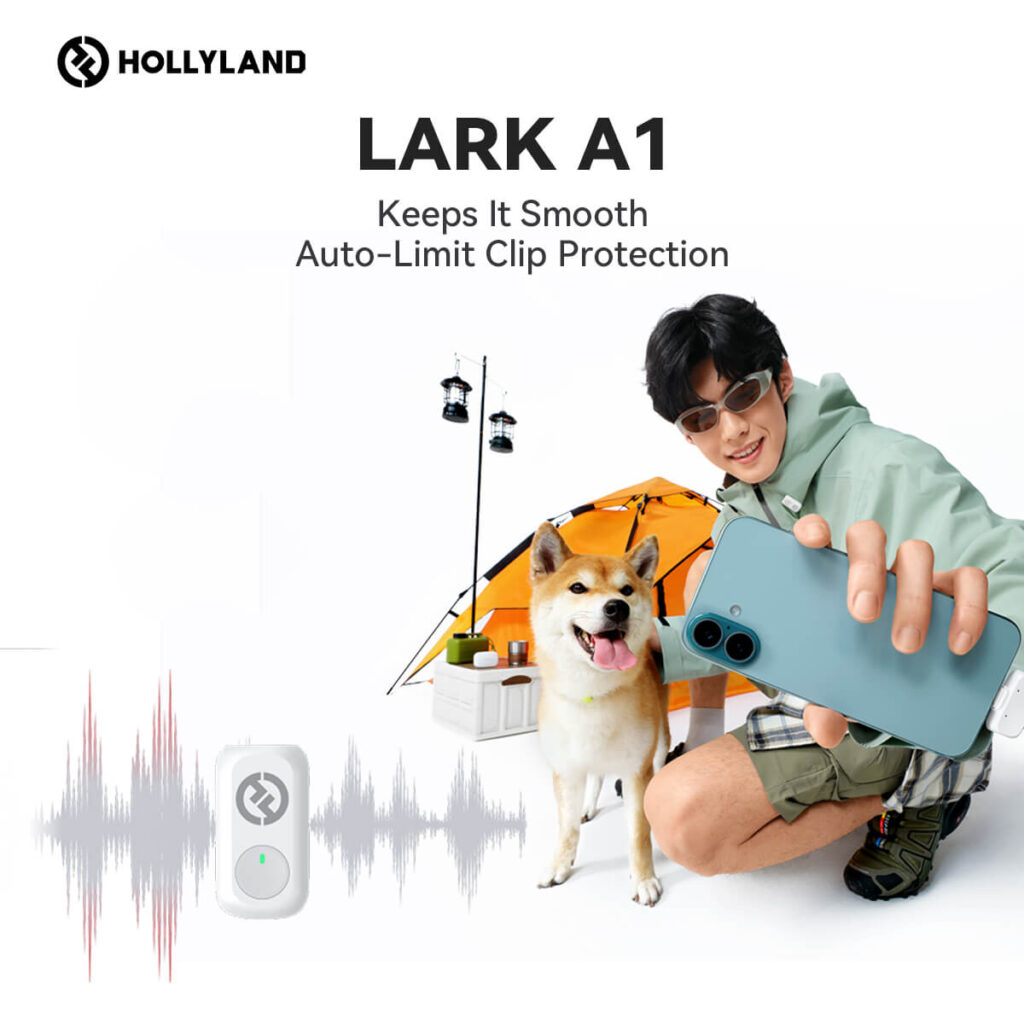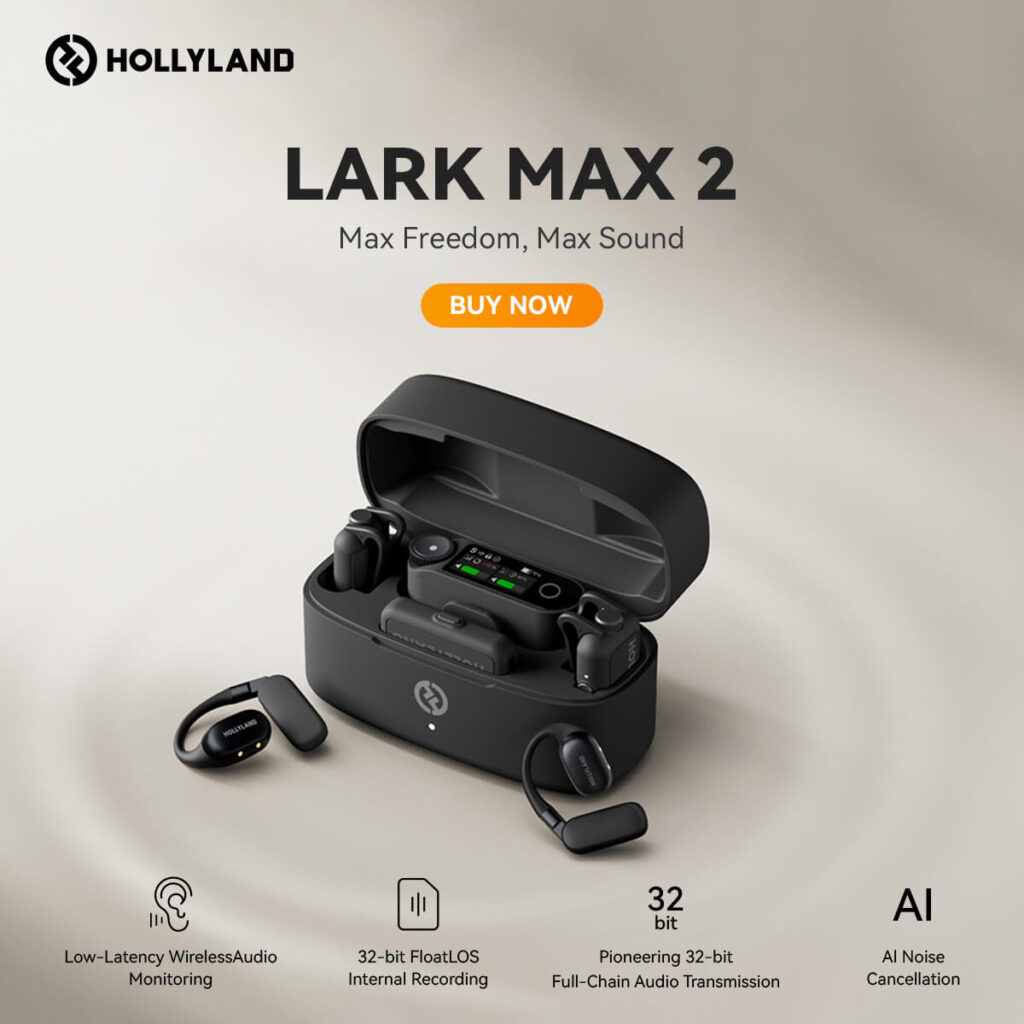Everyone has a podcast nowadays and that’s lovely, but not all podcasts sound as good as they could. Usually, when you’re starting one on your own, buying equipment to improve production value is not so affordable. That’s exactly why USB microphones have become increasingly popular among podcasters – they are easy to use and affordable.
These microphones are designed to connect directly to a computer or laptop via USB, eliminating the need for additional audio interfaces or mixers. They are also portable and can be used on the go, making them a great choice for podcasters who travel frequently.
In this article, we will be discussing the 5 best USB microphones for podcasting. We have carefully selected these microphones based on their sound quality, ease of use, durability, features, and affordability. Whether you are a beginner or an experienced podcaster, these microphones will help you produce high-quality audio content that your audience will love.
Overall, these 5 USB microphones are the top choices for podcasters who want to produce high-quality audio content without breaking the bank. With their ease of use, affordability, and exceptional sound quality, these microphones are sure to take your podcasting game to the next level. Let’s dig right in!
Note: Keep in mind that all of these mics sound great. They won’t offer you the same quality as XLR mics, but they will get the job done as conveniently as possible and without extra equipment.
1. Shure MV7 With Mini Tripod

Starting off, we have the Shure MV7, which is an excellent choice coming from a widely renowned brand. This microphone is a top-tier USB condenser microphone that offers exceptional versatility and reliability. As an XLR/USB hybrid mic, it can be used in both professional and personal settings, delivering superior sound quality when compared to other microphones on the market. This is the best choice exactly because you can use it to upgrade your setup as you advance in your podcasting journey. Although it is pricier than other options on this list, its exceptional sound quality makes it a worthwhile investment for serious podcasters. However, it may not be the easiest microphone to use, so individuals who are not well-versed in computer technology may prefer one of the simpler plug-and-play options.
Pros:
- It’s the best-sounding mic on the list
- It’s got the best features – software add-ons and versatility that can improve the quality of sound much more!
- It’s highly durable
Cons:
- It’s the priciest on the list!
Yes, this mic is pricey and slightly harder to use than the ones below, however, it’s the best pick by far. We recommend getting the tripod bundle so you can use it out of the box. If you’re serious about podcasting, getting this mic is a wise choice because you can upgrade your setup with a mixer and other equipment as you move forward.
Quantitative Measurement
- Ease of use: 7/10
- Price: 6/10
- Quality and durability: 10/10
- Sound quality: 10/10
- Features: 10/10
2. Blue Yeti

In the second place, we have Logitech’s Blue Yeti microphone, which has been rising through the ranks as a versatile and reliable option for content creators. This USB condenser microphone is designed to capture high-quality audio with ease, making it a popular choice for podcasters, streamers, musicians, and more. It has high-quality condenser capsules, which capture a clean and clear signal with minimal background noise. The Blue Yeti microphone is a versatile and reliable USB condenser microphone that delivers professional and polished recordings even in less-than-ideal environments. With selectable polar patterns, including cardioid, stereo, bidirectional, and omnidirectional, you can customize your setup for different situations, such as interviews or group recordings. The microphone also features a mute button, headphone output, and volume control for easy monitoring and adjusting of your signal. It is an excellent choice for podcasters and streamers who want a high-quality and user-friendly microphone. It’s also among the most affordable mics you’ll get on this list!
Pros:
- Amazing features – the adjustable polar pattern taking the spotlight
- Very versatile mic
- Very durable design
- Similar sound quality to the one above
- Very affordable
Cons:
- It doesn’t provide the best sound quality on the list
Even though this mic is an awesome pick – in fact, it’s almost an industry standard by this point – it’s not the best-sounding mic you can get. It will perform well for podcasts, however, it’s not the most professional mic you can choose.
Quantitative Measurement
- Ease of use: 7/10
- Price: 8/10
- Quality and durability: 8/10
- Sound quality: 7/10
- Features: 10/10
3. Rode NT-USB+

The RØDE NT-USB+ microphone is a great solution for anyone looking to capture studio-quality sound with ease. This is a professional USB microphone equipped with a studio-grade condenser capsule and a tight cardioid polar pattern that delivers pristine audio quality. With its ultra-low-noise, high-gain Revolution Preamp™ and powerful APHEX® audio processing accessible via RØDE Connect, RØDE Central, and RØDE Reporter, the NT-USB+ ensures that you sound like a pro in seconds. The microphone also boasts a high-power headphone output with zero-latency monitoring and versatile controls, making it perfect for podcasting. The USB-C connectivity with high-resolution analog-digital conversion ensures that you get the best sound possible. Additionally, the microphone comes with a detachable pop filter and a desktop stand included, making it easy to use right out of the box. Its frequency range of 20Hz – 20kHz and dynamic range of 97dB @10% THD ensure that you get clear and accurate sound reproduction. The microphone has a 3.5mm headphone connection and USB-C connectivity. It also has analog outputs with a 3.5mm headphone jack and computer connectivity with USB-C. The microphone is powered by USB bus power and has a bit depth of 24-bit and a sample rate of 48 kHz. It is the improved version of the Rode NT-USB.
Pros:
- Professional sound quality
- Future-proof design
- It has great features and is easy to use
Cons:
- It’s a bit pricy
This mic is only in third place because of its price. Still, it sounds better than the one above and can be used in professional settings, so it’s well worth the investment.
Quantitative Measurement
- Ease of use: 8/10
- Price: 7/10
- Quality and durability: 9/10
- Sound quality: 9/10
- Features: 9/10
4. Audio-Technica AT2020USB+

The AT2020USB+ is a fantastic choice for anyone looking for a high-quality USB condenser microphone. With its studio-quality articulation and intelligibility, this microphone is perfect for a range of applications, including podcasting, voice-overs, and home studio recording. The built-in headphone jack with volume control allows for direct monitoring of your microphone signal, and the mix control feature blends microphone and pre-recorded audio seamlessly. The cardioid pickup pattern ensures excellent off-axis rejection, while the A/D converter with a 16-bit, 44.1/48 kHz sampling rate ensures extremely articulate sound reproduction. Audio-Technica’s state-of-the-art design and manufacturing techniques ensure that the microphone complies with the company’s renowned consistency and reliability standards. Overall, the AT2020USB+ is a microphone that offers outstanding sound quality and versatility at an affordable price point. There are a few downsides to this mic though. It’s not a new mic, it has been around for a while, so there are better choices like the ones above. Also, this mic was created with musical applications in mind, which makes it very sensitive to picking ambient noise. Unless you’ve treated the room you’ll use to record or you have some sound editing knowledge, this one might not be for you. If you’ll use it in a very silent room, then you’ll be alright.
Pros:
- Very reliable and durable mic
- Great sound quality
- Perfect for musical applications
Cons:
- Pricier than the one above
- It might be too sensitive and pick up the background noise
This is a great mic. It’s not too pricey, it’s beautifully designed, it’s durable, and the sound quality is outstanding. The problem? This is a very sensitive mic. If you’ll record in a noisy environment, the AT2020USB+ will let you know.
Quantitative Measurement
- Ease of use: 6/10
- Price: 8/10
- Quality and durability: 8/10
- Sound quality: 9/10
- Features: 9/10
5. JLab Talk Microphone

The JLab Talk Microphone is a great USB condenser microphone for podcasting, voice-overs, and home studio recording. It has three condensers and four directional patterns to choose from, making it versatile. The microphone has volume control, gain control, and quick mute features for easy adjustments and monitoring. The 6.5ft USB/USB-C braided cable ensures a reliable and comfortable connection. It has three 14mm condenser capsules and 24-bit depth, which ensures clear sound reproduction. The microphone has a 96k sample rate and 120DB max SPL for exceptional clarity and volume. It’s lightweight and compact, making it easy to transport. The tripod position adds extra stability during recording sessions. This mic is comparable in sound quality to the Blue Yeti mic, in fact, it has the same features along with an improved 24-bit depth. Also, it’s cheaper than the Blue Yeti. The only reason why it’s in fourth place is because it feels a bit more flimsy than the ones above, which might affect its durability. Still, the JLab Talk Microphone is a good choice for anyone looking for a cheap but high-quality USB condenser microphone with great sound quality.
Pros:
- Great sound quality comparable to the Blue Yeti, and superior to the Blue Yeti Nano
- Very easy to use just like the Blue Yeti
- It’s the second cheapest mic on this list
Cons:
- It’s a bit flimsy when compared to other mics
If you’re looking for a budget choice that’s similar to the Blue Yeti in terms of sound quality, this is the one to get. Take good care of it though, because it’s not as durable.
Quantitative Measurement
- Ease of use: 8/10
- Price: 10/10
- Quality and durability: 6/10
- Sound quality: 8/10
- Features: 10/10
Comparison:
| Microphone | Ease of use | Price | Quality and durability | Sound quality | Features | Average points |
| Shure MV7 | 7/10 | 6/10 | 10/10 | 10/10 | 10/10 | 8.6/10 |
| Blue Yeti | 7/10 | 8/10 | 8/10 | 7/10 | 10/10 | 8/10 |
| Rode NT-USB+ | 8/10 | 7/10 | 9/10 | 9/10 | 9/10 | 8.4/10 |
| Audio-Technica AT2020USB+ | 6/10 | 8/10 | 8/10 | 9/10 | 9/10 | 8/10 |
| JLab Talk Microphone | 8/10 | 10/10 | 6/10 | 8/10 | 10/10 | 8.4/10 |
Table breakdown:
The table provides a comprehensive comparison of five popular microphones based on various parameters. The first parameter is the ease of use, which is rated on a scale of 1 to 10, with 10 being the easiest to use. The Shure MV7 and JLab Talk Microphone received the highest ratings of 7 and 8, respectively. The second parameter is price, with the JLab Talk Microphone being the most affordable at 10/10, followed by the Audio-Technica AT2020USB+ and the Blue Yeti at 8/10. The third parameter is quality and durability, with the Shure MV7 receiving the highest rating of 10/10, indicating that it is the most durable and high-quality microphone.
The fourth parameter is sound quality, with the Shure MV7 and Rode NT-USB+ receiving the highest rating of 9/10. The fifth parameter is features, with all five microphones receiving high ratings ranging from 9 to 10 out of 10. Finally, the average points for each microphone were calculated based on the ratings for all parameters, with the Shure MV7, Rode NT-USB+, and JLab Talk Microphone receiving the highest ratings.
Conclusion
We hope this article provides a useful comparison of popular microphones based on various parameters that are important to consider when choosing a podcasting microphone. It is important to note that individual preferences may vary, and it is recommended to test out different microphones before making a final decision. If you’re going for sound quality and are willing to invest in future-proof mics, the Shure MV7 and Rode NT-USB+ are the top options. The other three are great options that are more affordable and are generally balanced. If you want to go more in-depth when making a choice, we recommend that you check a couple of sound comparison videos for each. That way you can pick the mic that adapts best to your needs. Good luck!
FAQs
1. What type of microphone is best for podcasting?
Condenser microphones are typically the best option for podcasting as they are sensitive and capture a wide range of frequencies. Dynamic microphones can also be used, but they require the speaker to be closer to the microphone.
2. What is the difference between XLR and USB microphones?
XLR microphones require an audio interface or mixer to connect to a computer, while USB microphones can be directly connected to a computer. XLR microphones generally offer better sound quality and more control over recording settings.
3. Should I choose a microphone with a built-in pop filter?
A built-in pop filter can help reduce plosives (popping sounds) when speaking into the microphone. However, it’s not a necessary feature as pop filters can be purchased separately and attached to the microphone.





























.png)









